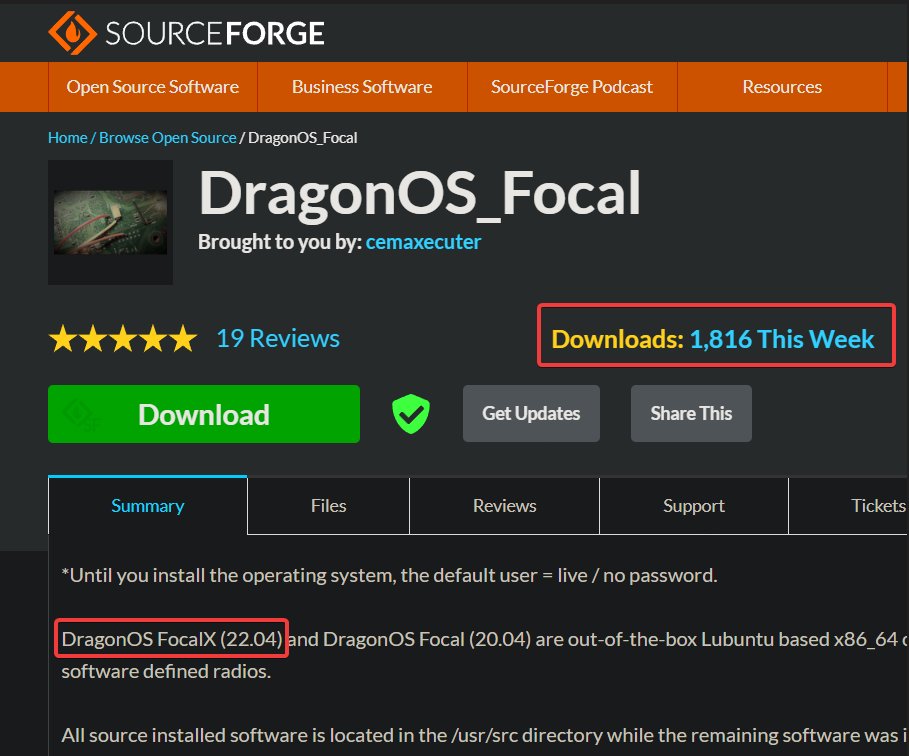L-Band antenna comparison. A thread.
A fun, 'typical use' setup for getting a feel for the SNR (signal to noise ratio) of a few different L-Band Inmarsat ACARS antennas.
98w. 4-F3 from Southern California.
Using the 10500 ACARS signal since its a contestant. QANTAS shirt approved.
L to R.
1/
A fun, 'typical use' setup for getting a feel for the SNR (signal to noise ratio) of a few different L-Band Inmarsat ACARS antennas.
98w. 4-F3 from Southern California.
Using the 10500 ACARS signal since its a contestant. QANTAS shirt approved.
L to R.
1/

Its a small GPS type puck with the filter removed to allow 1545MHz reception.
Inside is a small patch antenna with amplifier.
I always tells folks to put it on a paint tin lid or something like that to help with a ground plane. Tested here without as is the usual way.$15US
2/sdr-kits.net/L-Band-Receive…


The next patch antenna is not working, so we have to skip over it today.
It was slightly better than the sdr-kits one, but still not really good enough to decode 10500 data reliably and voice was just about impossible. Both these small pucks should be avoided.
3/
It was slightly better than the sdr-kits one, but still not really good enough to decode 10500 data reliably and voice was just about impossible. Both these small pucks should be avoided.
3/

The RTL-SDR-Blog patch antenna is very popular.
Good price, low profile and acceptable performance. I wish they did not push it for Iridium, but that's a rant for another time.
Good size patch, good LNA with hidden USB power.
10500 decodes are solid, voice possible. $60USD
4/rtl-sdr.com/rtl-sdr-blog-a…


Good price, low profile and acceptable performance. I wish they did not push it for Iridium, but that's a rant for another time.
Good size patch, good LNA with hidden USB power.
10500 decodes are solid, voice possible. $60USD
4/rtl-sdr.com/rtl-sdr-blog-a…



7 turn helix.
A quick fun build if you have access to a 3D printer.
Better performance than the patch, slightly harder to mount outside. 2020 I built and sold around 30 of these to jump start satcom ACARS.
Solid 10500 and voice decodes, often from inside a building.$60USD.
5/threadreaderapp.com/thread/1883684…

A quick fun build if you have access to a 3D printer.
Better performance than the patch, slightly harder to mount outside. 2020 I built and sold around 30 of these to jump start satcom ACARS.
Solid 10500 and voice decodes, often from inside a building.$60USD.
5/threadreaderapp.com/thread/1883684…


DiscoveryDish. $190USD as shown.
Tons of gain. I have been calling it the 'splitter king'. If you want to put some RF splitters in to get ACARS, STDC, Voice ect on different SDRs, and you can keep it in the wind, this is the antenna to do it.
6/ community.airframes.io/t/discovery-di…

Tons of gain. I have been calling it the 'splitter king'. If you want to put some RF splitters in to get ACARS, STDC, Voice ect on different SDRs, and you can keep it in the wind, this is the antenna to do it.
6/ community.airframes.io/t/discovery-di…


SDR# Smartee SDR. Fixed gain. Nothing touched between samples. All screenshots taken within 5 minutes.
No 1 antenna will do everything. It just depends on your location, mounting options and signal needs.
Hope this thread helps you make the right choice for your L-Band satcom goals.
EOL



No 1 antenna will do everything. It just depends on your location, mounting options and signal needs.
Hope this thread helps you make the right choice for your L-Band satcom goals.
EOL




@threadreaderapp unroll
• • •
Missing some Tweet in this thread? You can try to
force a refresh




















